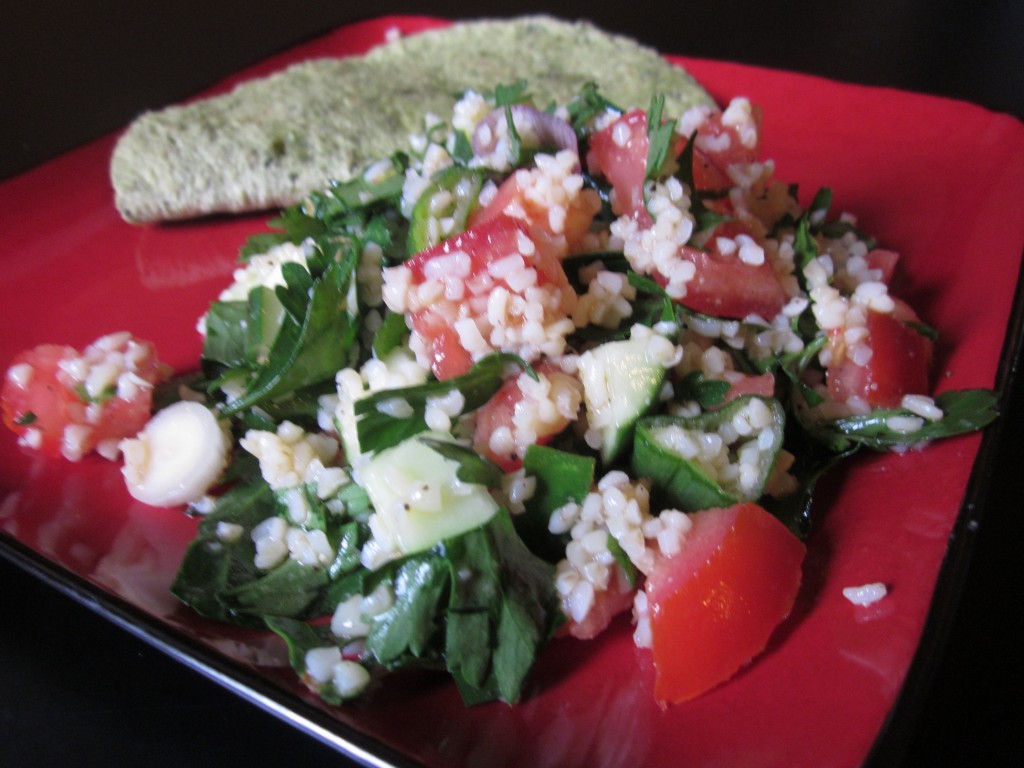Culture
The Hipster’s Cookbook: Showcasing Herbs

Every week in The Hipster’s Cookbook, Meghan Bongartz shows you how to make delicious food on a tight budget.
If you have the space, one of the best ways to save money in the kitchen is to grow your own herbs. And no, not that kind. If I had a penny for every time I bought a bunch of parsley or basil because a recipe called for a tablespoon of it, only to let most of it go bad in the back of my refrigerator…Well, I’d have more than a few pennies. Buying fresh herbs from the grocery store or farmer’s market is generally inefficient because most recipes only use herbs as a garnish or to add a small amount of flavor. Spending a dollar or two on a bunch of cilantro seems reasonable until you realize that you actually spent a dollar or two on the handful that went into your guacamole last week, because the rest of it has turned into a black sludge that you’re afraid to go anywhere near.
Dried herbs are a great solution for soups and stews, rubbing on meat and fish, and even some baked goods, but they aren’t quite as stunning in salads and drinks and as garnishes. Creating a mini garden on your windowsill (or porch or balcony, if you’re lucky) means that you can have fresh herbs when you need them, but you don’t have to take more than you can use. Most common herbs are pretty easy to grow and won’t mind being living in a small pot, so it doesn’t take much of a green thumb to keep a windowsill garden. As an added bonus, a lot of frequently used herbs can be grown from cooking leftovers. Basil, rosemary, and mint–among others–will all develop root systems in a glass of water, and can then be transferred to soil. Green onions are even simpler to grow from home. After using the green portion for cooking, bury the bulb in soil so that a small portion of the remaining stem is exposed at the top, and it will re-grow an entirely new plant, which will replenish itself every time you cut it.
With that all being said, herbs don’t always have to play such a small role in your cooking. If you find yourself with more of something than you know what to do with – whether because you bought more than you needed or because you planted it and it got much larger than you expected it to – there are plenty of dishes where herbs are the focus instead of just a seasoning. Basil is at home in pesto and Caprese salad, and goes surprisingly well with most fruits. Cilantro can be used more copiously than you might think in Thai dishes. Chives can be substituted in any recipe that calls for onions, as well as egg and potato salads. One of my personal favorite herb-based dishes is tabbouleh. This Middle Eastern salad is a great way to use up both parsley and green onion, and mint if you want to add it. It’s filling enough to be a meal on its own because of the bulgur, and it’s perfect for summer because the only cooking required is boiling the water. This recipe will make enough for several people as a side dish or multiple meals for one person.
——
Tabbouleh
½ cup medium or fine grain bulgur wheat
1 medium cucumber
1 large tomato
1 cup chopped green onion
2 cups chopped parsley
½ tsp lemon zest
Juice of 1 lemon
3 tbs olive oil
1 garlic clove, crushed or minced
Salt and pepper to taste
1) In a medium bowl, rinse the wheat in cold water a few times. Pour boiling water over the wheat to fill the bowl and let sit for 30 minutes.
2) While the wheat is soaking, chop the cucumber, tomato, green onion, and parsley into small pieces. Combine them all in a medium bowl.
3) In a small bowl, whisk together lemon juice and zest, olive oil, garlic, and salt and pepper.
4) After 30 minutes, drain the wheat, pressing or squeezing it with your fingers to make sure that there is no water remaining.
5) Add the wheat to the salad and pour the lemon and olive oil mixture over the top. Stir to combine.